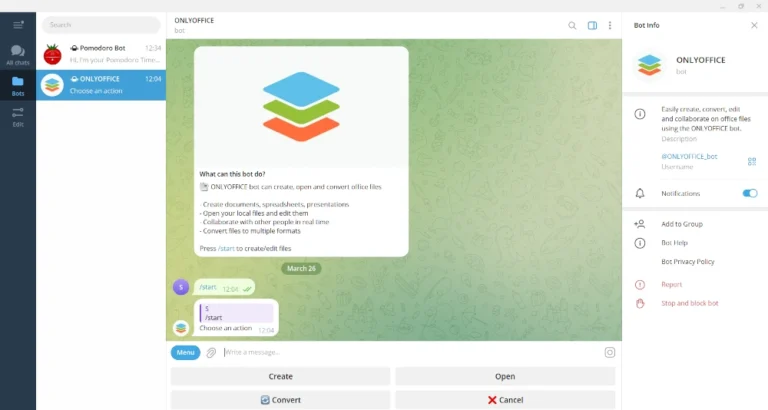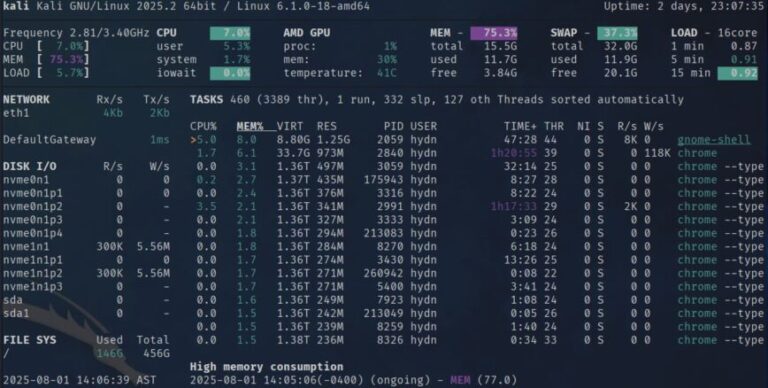May 24, 2024
With the rise of websites like Twitch and YouTube, live streaming has become a popular type of content creation. Unlike traditional mediums like written blogs and on-demand videos, it allows for real-time interaction, maximizing audience engagement.
The high level of engagement lets streamers efficiently convert audiences into paying viewers using numerous different methods. This makes live broadcasts an excellent side hustle to earn money online.
In this article, we will explain how to make money streaming on third-party websites like Twitch or a personal streaming server. You will also learn best practices when streaming to help streamline your income.
Download 74 Ways to Make Money Online
Ways to Make Money From Live Streaming
This section will explain nine common ways to make money online as a live streamer, from creating your own streaming website to offering content-creation courses.
1. Create Your Own Streaming Website
While third-party live streaming platforms like Twitch and YouTube are easier to set up, they have several limitations. For example, they charge commission fees and only allow specific methods of monetization.
Setting up your own live streaming server gives you the freedom to monetize your content using any method. For example, you can add unique features that third-party platforms don’t offer, like a premium chatroom or built-in paid streams.
A self-hosted streaming website also provides complete control over content and discoverability. It lets you apply search engine optimization (SEO) best practices to make your broadcast easily discoverable without any algorithm affecting it.
Due to its benefits, setting up your own custom streaming platform is worth the time and effort. The easiest way to do so is using a virtual private server (VPS) from a provider like Hostinger.
Our VPS hosting plans are easily upgradable to accommodate your growing streaming needs and audience. We also provide various tools, like AI Assistant, to help you manage the server with minimal technical knowledge.

2. Ask for Donations and Tips From Fans
Asking for donations and tips is the most common way to make money from live streams. Aside from being straightforward, setting up the tool for them is relatively easy.
You can use your streaming platform’s virtual currency, like Twitch’s Bits, or utilize solutions like Streamlabs. When choosing the best donation tool, consider its commission fee, reputation, and withdrawal policy.
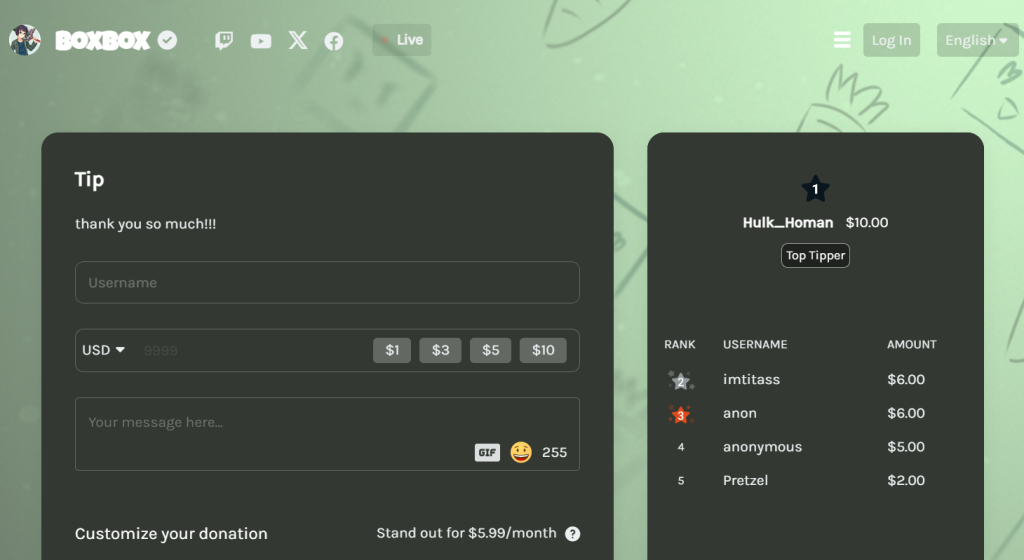
However, the amount of donations varies a lot, especially for newer streamers with smaller audiences. For example, a live broadcaster with an average of five viewers only gets $6.47/month from tips.
We recommend incentivizing the donors to entice audiences to tip you. For example, you can give a shout-out to paying viewers or enable text-to-speech that lets them send messages live on your stream.
3. Monetize with Ads
Unlike donations, displaying ads is a more reliable and stable way to monetize your live stream. Broadcasting platforms usually also mandate it and oblige a specific method to do so.
For example, streamers must use pre-roll ads on YouTube Live, while Twitch requires mid-roll ads. The number of ads they have to display will also differ depending on the broadcast duration.
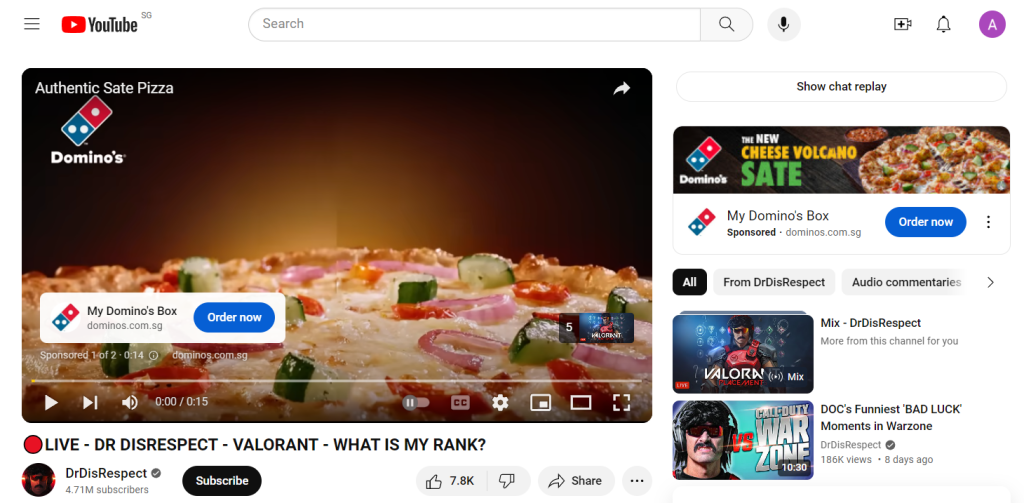
If you host your own live streaming website, you can use any type of ad based on the partner brand’s requirements. Moreover, you usually get a higher income since you work directly with the sponsor and don’t have to pay ad revenue commissions.
We recommend using display and overlay ads that don’t occupy the entire live stream viewport. While in-stream ones are effective, some viewers might find them annoying, ruining the user experience.
4. Find Sponsorships and Brand Deals
In addition to the ads your streaming platform mandates, you can partner with brands for sponsorship. For prominent content creators, such a deal can even make up the majority of their revenue.
However, securing a brand deal can be challenging, especially for smaller streamers. To get such a partnership, ensure you establish a strong online presence by creating a professional profile page and a consistent streaming schedule.
Focusing on a specific live streaming niche also helps you find the ideal brand partner more quickly, especially if you have a smaller audience base. Since these viewers are relevant to the promoted products, it leads to a higher conversion rate.
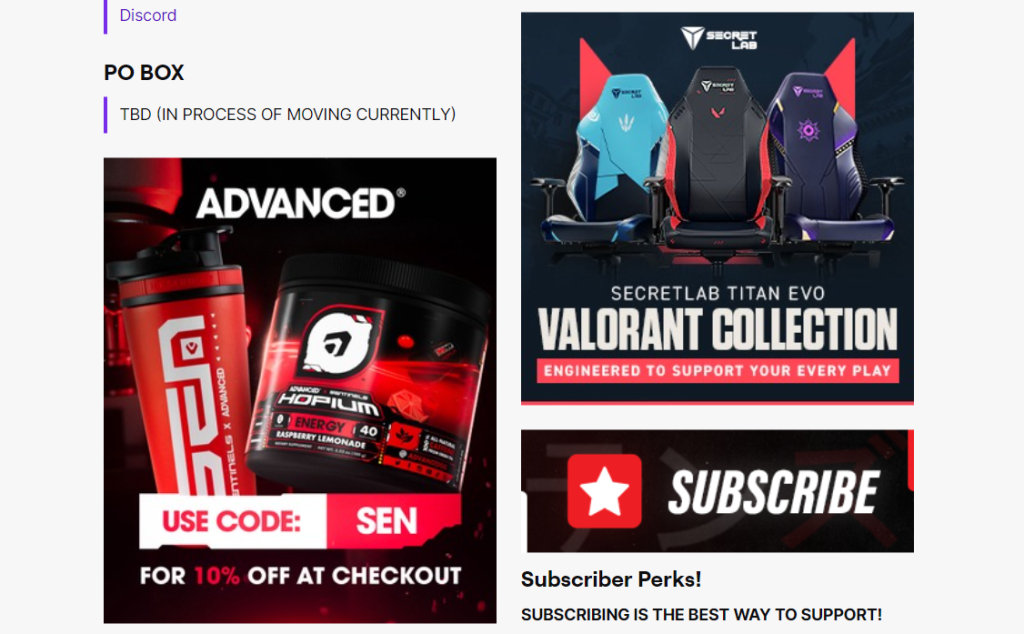
To attract clients, start with a lower rate and negotiate it as your streaming business grows. Also, remember to contact multiple brands since landing a sponsorship deal can take time and effort.
Depending on the sponsorship deals, you might need to promote a brand’s product or service differently. Some companies might ask you to display their name every live stream, while others simply require a quick shoutout.
5. Join Affiliate Programs
For newer streamers, affiliate programs can be a great alternative to brand partnerships and sponsorships.
Such programs reward you with a commission for purchases made through sponsored links featured on your broadcast. You can put the URL in several places, like pinned chat or the live stream description.
Despite the lower fees, affiliate programs are more accessible and have lower requirements than sponsorships, which is ideal for up-and-coming streamers. They are also a great way to build your professional portfolio for pitching brand deals in the future.
Since there are various options, read our article on the best affiliate programs for beginners to help you choose the right one. We recommend joining ones from reputable companies to ensure reliability, like Amazon Associate or Hostinger Affiliate.
6. Set up a Paid Subscription
Streaming platforms usually allow viewers to subscribe for a fee to get extra perks and features. For example, Twitch provides subscribers with ad-free viewing for a specific period, while paid YouTube channel memberships offer exclusive content.
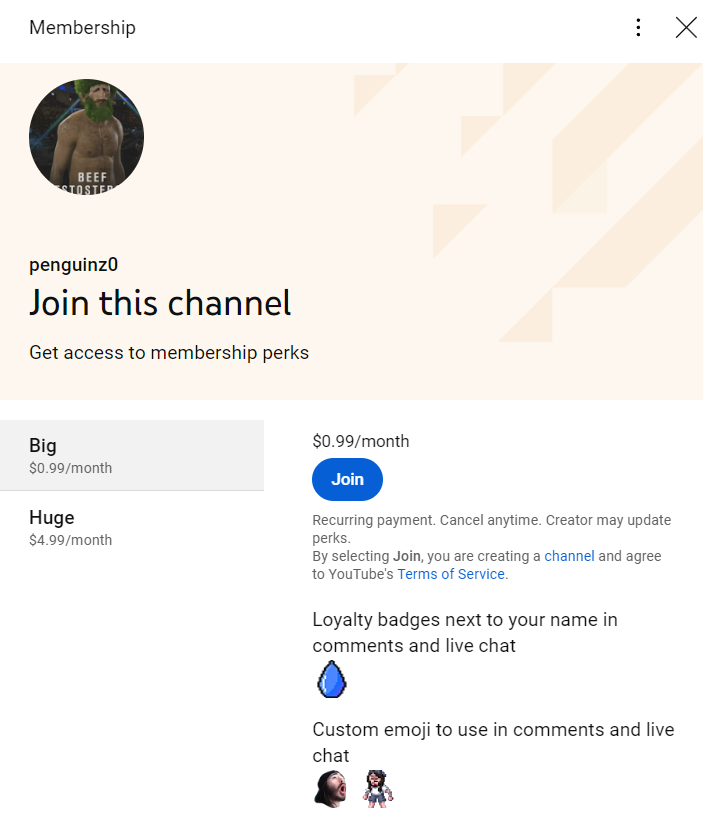
Meanwhile, hosting your own platform lets you freely choose different methods to incentivize paid subscribers. For example, you can give a badge that distinguishes them from other viewers, premium stream sessions, or special emotes in the chat.
If you are new to live streaming, we recommend offering a lower-priced plan or avoiding the channel membership program altogether. Amassing an organic audience base is more sustainable in the long run.
7. Sell Branded Merchandise
Merchandise is an excellent way for streamers to monetize their content while giving back to viewers. If you have loyal viewers, it is also a means for nurturing relationships and strengthening their community.
Branded merchandise also helps improve awareness and establish a strong brand identity. People can discover your stream from viewers wearing your products or through an online store like Amazon if you sell the items in third-party marketplaces.
To promote your merchandise, feature it on your stream and social media platforms. You can also collaborate with other streamers to tap into a larger audience base. Moreover, offer special prices or promotions like free shipping to attract buyers.
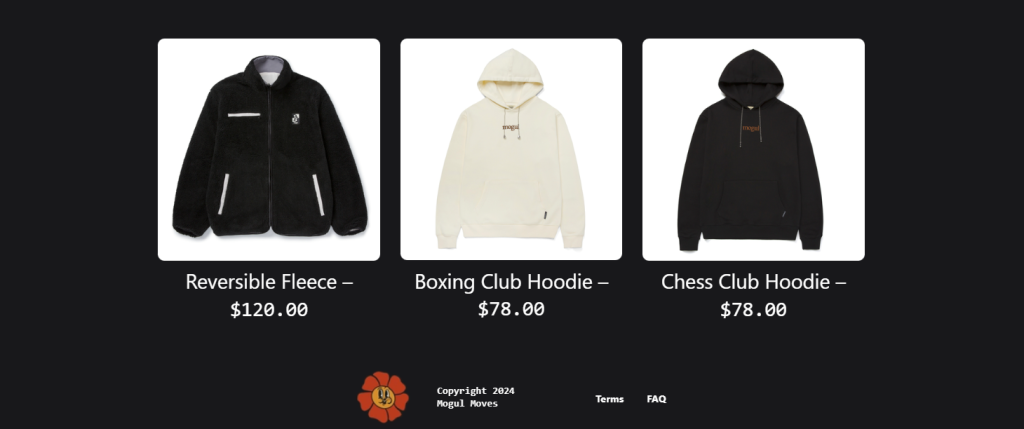
Popular merchandise includes useable items like mugs, t-shirts, hoodies, hats, and bracelets. However, it is best to create products that relate to your stream and audience segments. For example, if you are live streaming games, a custom-designed console controller should be a great product.
You can also sell digital products as merchandise. For instance, productivity and study-with-me streamers can create Notion templates. To sell them more quickly, use websites like Gumroad.
8. Create Premium Content
While viewers can enjoy your live videos for free, offering premium content on the side can be a great way to make more money.
There are different ways to do so. For example, you can create member-only live videos on your YouTube channel. Moreover, you can make an exclusive pay-per-view stream and earn money from selling tickets using a reservation website like Eventbrite.
Alternatively, you can also create on-demand content and offer it to subscribers on a membership site like Patreon.
To entice viewers to pay, make your exclusive content unique and stand out from your usual video. For example, you can sell courses, tutorials, or unedited footage that are ineligible for most live streaming platforms.
9. Offer Lessons or Courses
As more people are interested in becoming streamers, selling courses or teaching about content creation can be a solid way to make money. You can do so by selling exclusive videos or a one-on-one mentoring session.
You can also become a speaker in podcasts or workshops about content creation. However, it might only suit established live streamers who have already proven their expertise in the field.

The best alternative for smaller and newer live streamers is selling other courses based on their skills. For example, if you broadcast pottery, you can create a class about the basics of clay crafting.
Meanwhile, gaming streamers can offer their audience a coaching session, teaching them how to improve and rank up more efficiently in the game.
You can sell the courses as digital products like eBooks or via third-party websites like Udemy or Patreon. However, we recommend creating a custom eLearning website if you plan to make teaching your primary source of income.
Making Money From Streaming Best Practices
After identifying different methods to earn money streaming, consider the following best practices to streamline your revenue.
Calculate Upfront Costs
Starting a live streaming career requires various equipment and software. To ensure you benefit from making content, carefully consider the costs of these tools and the revenue you will earn.
You need at least $500 for a computer with sufficient hardware, microphone, and webcam for professional broadcasting. Moreover, consider recurring costs like internet fees, streaming tool subscriptions, and platform commissions.
We recommend starting with free software and upgrading if needed. For example, open-source Open Broadcaster Software (OBS) is one of the best streaming tools for beginners, and it has comprehensive features and customization options.
Create an Engagement Strategy
Creating an effective engagement strategy is integral to the success of your live streaming business. It helps you attract new audiences, retain them, and convert them into paying subscribers.
Here are several considerations when creating an engagement strategy for your live streaming:
- Define goals. The main objective of your strategy should be increasing live viewers, subscribers’ monthly fees, or affiliate sales. An actionable goal should ideally be specific, detailed, and measurable.
- Understand your audience. Stream viewers have different demographics, preferences, interests, and behaviors. Understanding your audience helps align your strategy more effectively.
- Create a schedule. Tapping into the global community means choosing the right time for live streaming. Go live when most of your target audience is available and consistently stick to the plan to maximize engagement.
- Promote on Social Media. A strong social media presence helps widen your reach to attract new viewers. It is also an excellent medium for establishing a community of dedicated fans.
After creating a proper strategy, monitor your stream performance and user engagement to gain more insights into your content plan. Use this information to consistently improve your approach, especially since garnering organic traffic is a long-term effort.
Track Important Metrics
Streamers must regularly track and review key performance indicators (KPI) to evaluate their business performance. In addition to determining whether they are profitable, this helps create a more effective engagement strategy. Here are several important metrics to consider:
- Revenue growth. Amount of money you get from all sources over time, including in-stream ads, paid subscriptions, and donations. It helps assess the sustainability of your streaming business and its conversion rate.
- Concurrent viewers. Number of people watching your stream at a specific time. This metric lets you gauge your stream’s popularity and potential monetization opportunities.
- Engagement rate. Level of viewer interactions in your stream, like sending a chat message or subscribing. It provides insights into the audience’s behavior to create a more effective engagement strategy.
- Audience retention. Your stream’s watch time, average view duration, and drop rate. It helps identify problems in your broadcast that make viewers stop tuning in.
- Stream quality. Information about your stream’s playback stability, packet loss, latency, and uptime. Poor quality might lead to lower viewer retention and engagement.
Streaming websites commonly have a built-in analytics feature. For example, you can track these metrics via YouTube Studio or Twitch Analytics. Meanwhile, tools like Mux can be used for a custom broadcasting platform.
For a self-hosted live streaming website, also regularly track your server performance to maintain your broadcast’s responsiveness. You can utilize software like Prometheus or Hostinger VPS’ built-in monitoring tool.
Diversify Revenue Streams
Due to unpredictable audience behavior, platform policy, and discoverability algorithms, the live stream business can be an unreliable source of income. To make it more sustainable, tap into as many potential revenue streams as possible.
For example, a popular way is to create on-demand content, like highlights from the stream, and upload it to other websites. It provides a backup income source should your content on the main platform become ineligible for monetization due to policy changes.
Selling merchandise and digital products is also a more sustainable monetization method. It will continue to generate revenue even after you stop streaming, which also halts income from ads and donations.
Review Legal and Tax Considerations
Since income from live streaming is also subject to tax in many countries, fulfill the obligations to avoid legal liabilities. Check your government’s laws since the regulations differ across areas.
Several other laws can also apply to streaming. For example, consider intellectual property rights when using potentially copyrighted materials. Moreover, pay attention to your platform’s terms of service since it might have different requirements.
If you collect users’ data for account registration, donation, or product shipping, adhere to data protection laws such as the General Data Protection Regulation (GDPR). If you have viewers worldwide, check obligations in different locations to ensure global legal compliance.
As your stream grows, we recommend creating a company entity, issuing insurance, and planning legal dispute recovery. It helps safeguard your business and cover potential loss in case of a lawsuit.
Conclusion
Monetizing your live stream is a great way to earn money online. The first method is to create a custom broadcasting platform on a VPS hosting plan like the one from Hostinger.
Despite the extra effort, a self-hosted platform lets you add various revenue-generating features, like a custom premium chatroom. You will also have more control over your content and monetization since you have no terms of service restriction.
Regardless of the platform, you can generate money with live streaming from donations, ads, affiliate programs, subscriptions, and brand deals. Importantly, consider tax and legal considerations since your business is subject to laws.
To generate income more reliably and sustainably, tap into as many monetization methods as possible. Also, create an engagement strategy based on your goal and regularly monitor your stream performance to gain insights for improvement.
How to Make Money From Streaming FAQ
In this section, we will answer several common questions about how to make money from streaming.
Is Streaming a Good Way to Make Money?
Absolutely! Medium-sized Twitch streamers with 1,000 average viewers can make around $2,500/month, excluding additional income from donations and sponsors. However, smaller streamers may not be able to make it a primary income source since they only make less than $100 monthly.
Are There Any Legal Considerations When It Comes to Earning Money Through Streaming?
Yes. A live stream featuring copyrighted material like music or videos might be ineligible for monetization. Moreover, if your stream accepts user-generated content like chat, it must comply with community guidelines. Also, ensure personal data safety if your donation collects it since various laws mandate it.
Are There Specific Streaming Niches That Attract More Viewers and Revenue?
Yes, some topics have more audiences, making it easier to attract viewers and generate revenues. Gaming is the most popular niche on Twitch, one of the largest streaming platforms. Some of the highest-paid creators are also commonly from this industry, including Richard “Ninja” Belvins.


